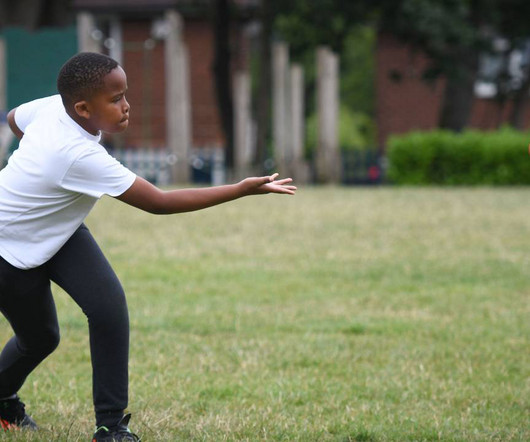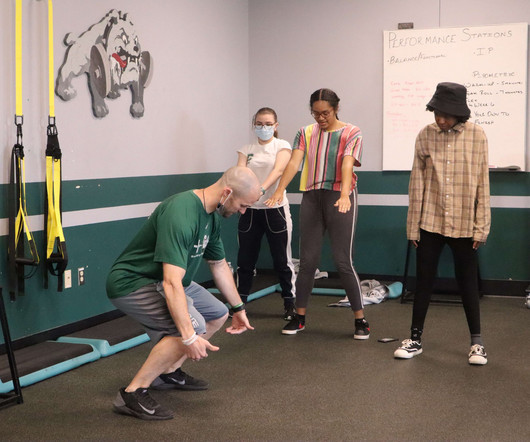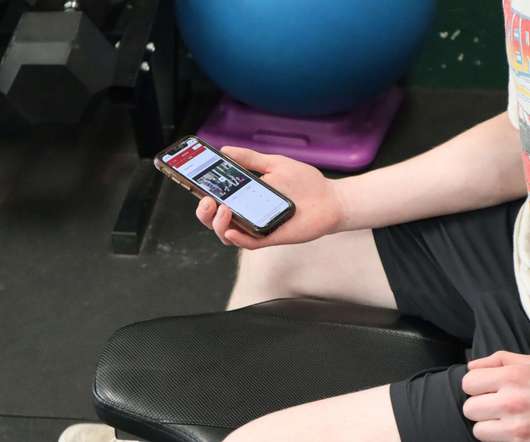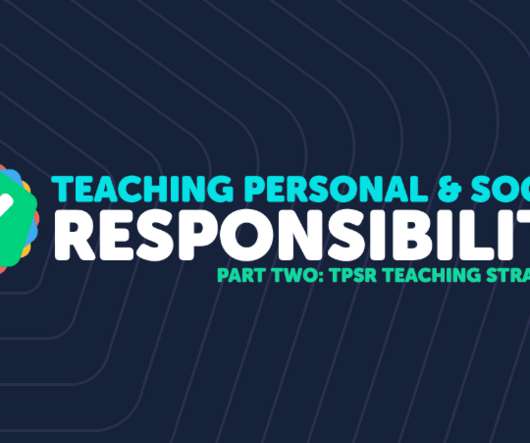Mastering Behaviour Management: Empowering coaches to create a supportive environment for every pupil.
Aspire-Ed
AUGUST 3, 2023
PE, school sports, and physical activity enhance physical and mental well-being and teach valuable life skills. We understand that some pupils may resist behaviour management techniques if they perceive them as strict or disruptive to their enjoyment of PE and school sport.












Let's personalize your content